
The Philippines has many natural wonders to discover. We have been to the Northern region and wanted to see what the province of Bohol located in Central Visayas can offer aside from its famed Chocolate Hills. So Bohol here we come!
Bilar Man-Made Forest
The long road between the towns of Loboc and Bilar is bordered by a 2-kilometer stretch of planted mahogany trees. This is part of a reforestation program more than 50 years ago to replace trees lost from indiscriminate kaingin (burning of trees in preparation for cultivation) in Bohol. Our driver cum-tour-guide said that years back as part of the program, graduating high school students are required to plant a mahogany seedling, otherwise they would not be given a clearance to join the graduation ceremonies.

There is no designated parking area, the driver just pulled over and cautioned us to be mindful of cars and other vehicles passing by when taking pictures in the middle of the road. The forest looks like it was made by nature with its verdant trees in almost uniform height, standing close to each other and lining up both sides of the road.


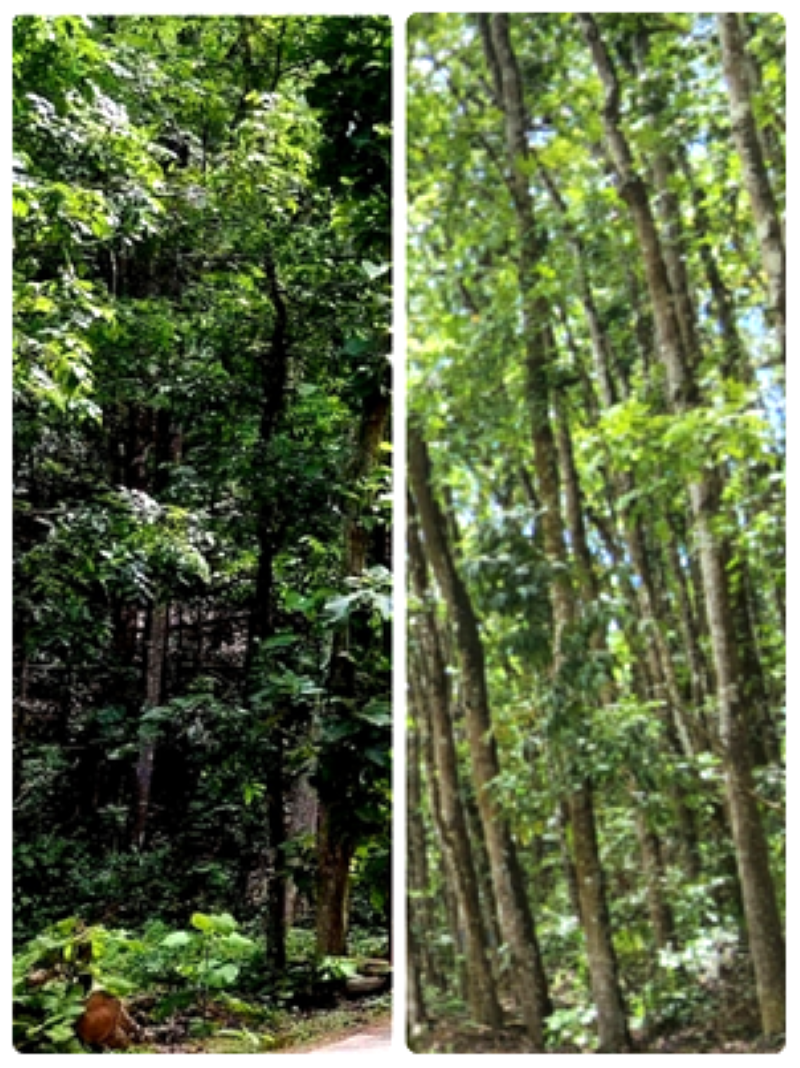
It was hot on the road coming from Tagbilaran port but once we entered the forest, there was a refreshing cool breeze from the overhanging trees. A relief from the heat outside the forest. We walked along the road under the canopy of green leaves and curved branches allowing only traces of the sunlight to break through the canopy. It was like the scene in a fantasy movie.
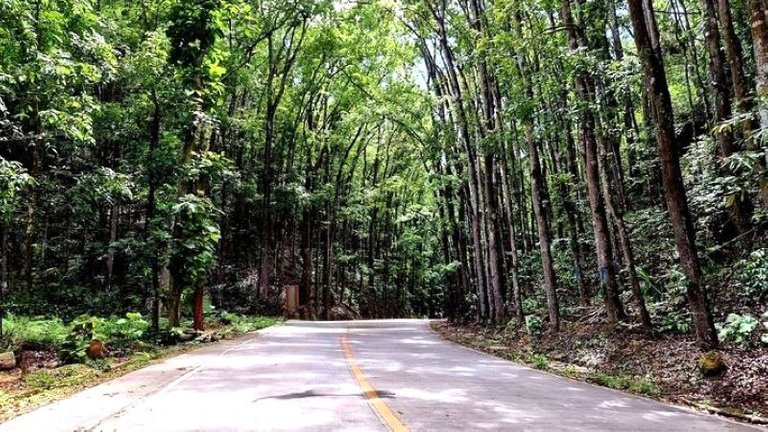
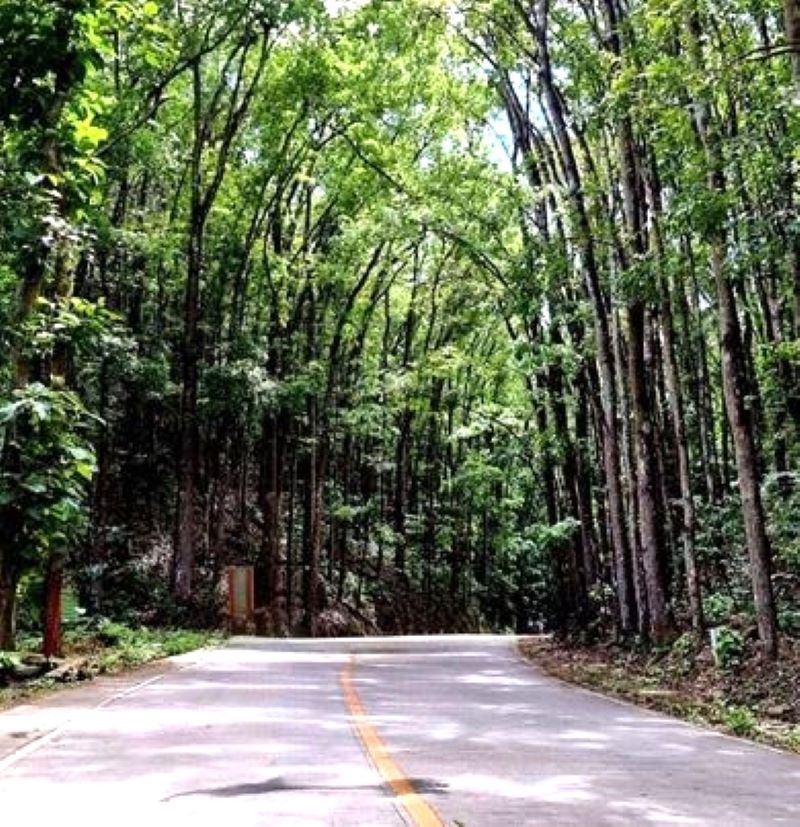
Philippine Tarsier
Tarsiers, the smallest primates are in danger of extinction but they can be found in Bohol, and there is a conservation area in Loboc, Bohol dedicated to their protection. Established in 2011 and initiated by the Bohol regional office of the Department of Environment and Natural Resources, the tarsiers caught and domesticated by private individuals were transferred into this 6 hectare area. Providing a more "natural" habitat instead of the cages.
We were guided through the area and was able to witness the tarsiers in their native habitat. We were advised not to turn on the flash of the camera, not create noise and keep a distance from them.

These small primates measure only about 9-16 cm excluding the tail which is about twice the length of their body. They press the long tails against the trunk of the tree for support and balance as they stand up unto them, and grip with their alien-like long fingers. As nocturnal vertebrates, they are sensitive to light, loud noises, and physical contact. Tarsiers are entirely carnivorous and like to eat their food alive. They prey on insects and lizards in the forest. Plants are not part of their diet.
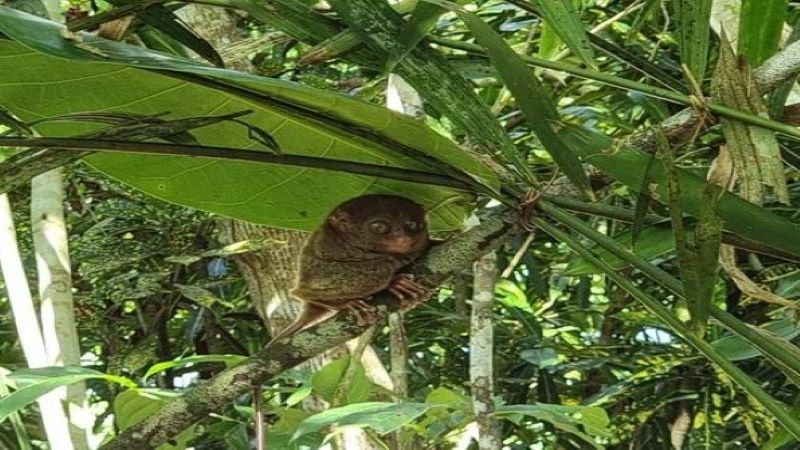

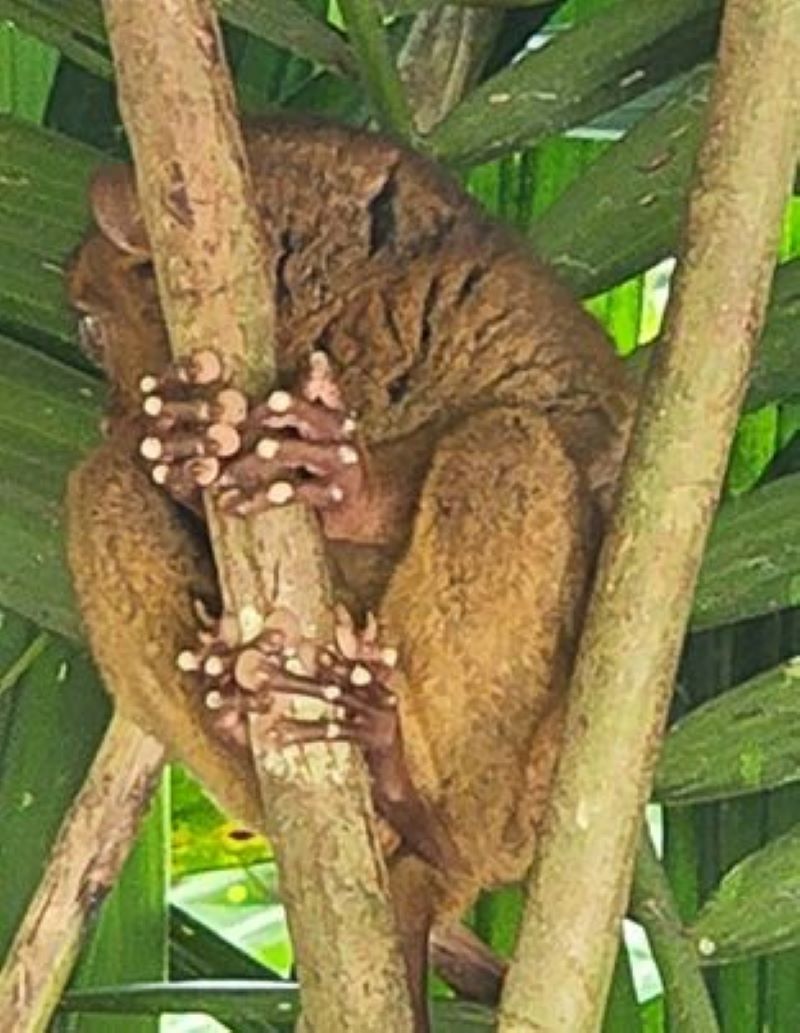
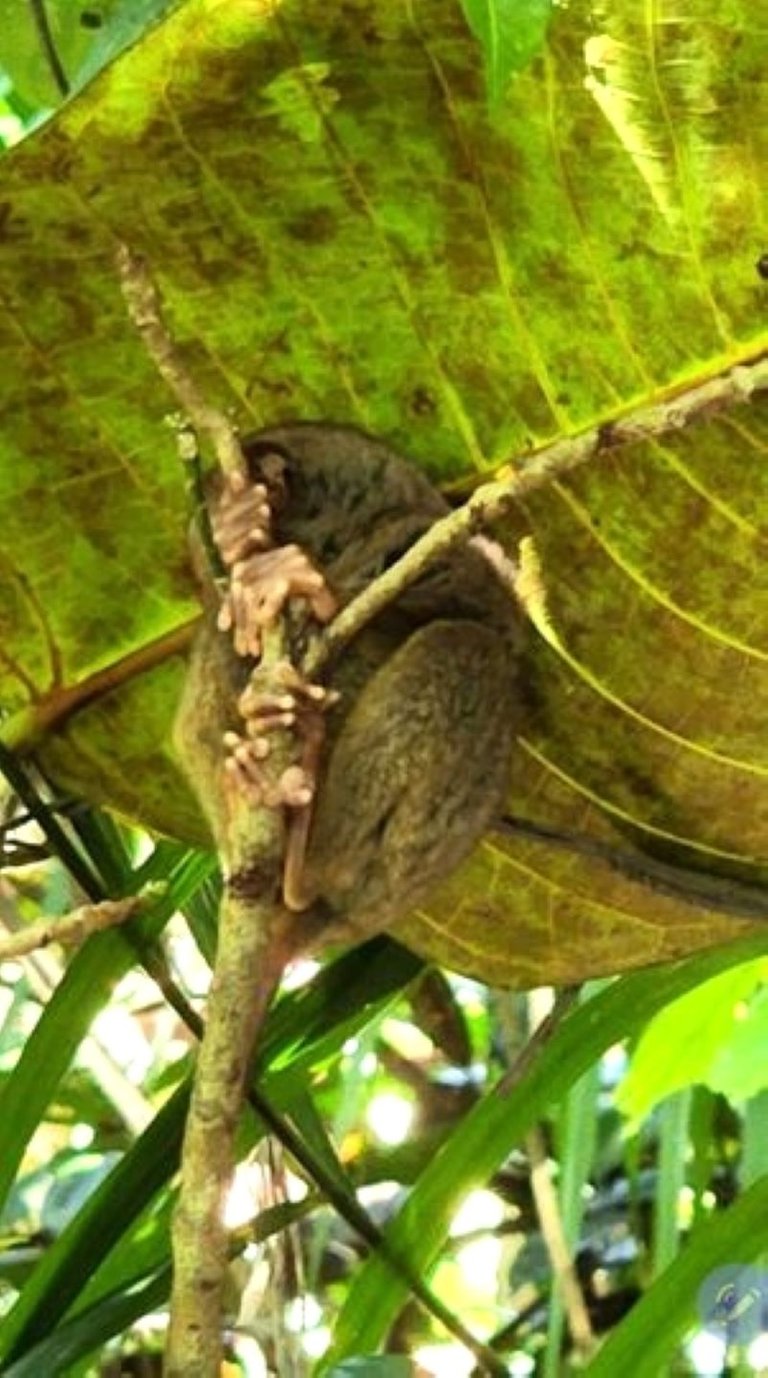
The most striking feature of the tarsiers is their large googling eyes and the eyeball measuring about 16 mm in diameter. They don’t have peripheral vision (cannot turn in their socket) but can move their head 180 degrees in either direction enabling them to see 360 degrees around them.
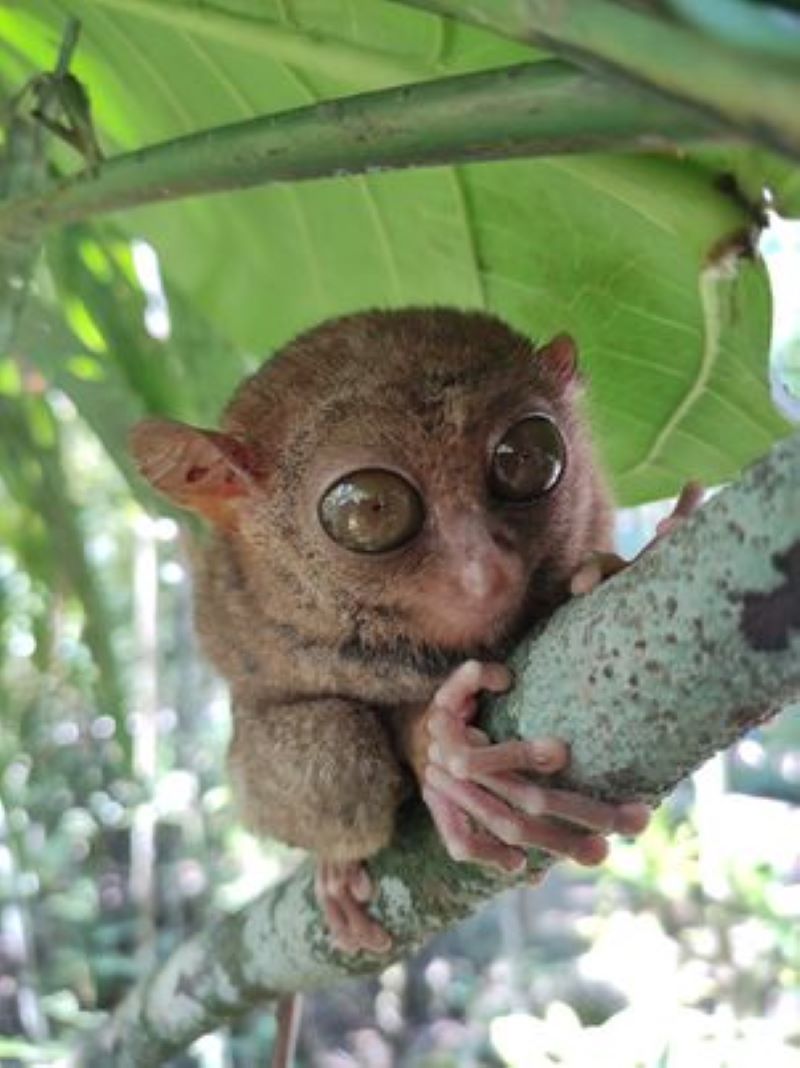
Loboc River Cruise
The Loboc River Cruise in Loboc town was a significant highlight of our tour. It was one of my niece’s birthday and we celebrated it with a buffet lunch on board the Rio Verde Floating Restaurant. We feasted on Filipino dishes while cruising the river’s jade-green waters. The river cruise starts from Loay Bridge up to Busay Falls and then turns around and back to where it started. The cruise lasts for about 45 minutes.
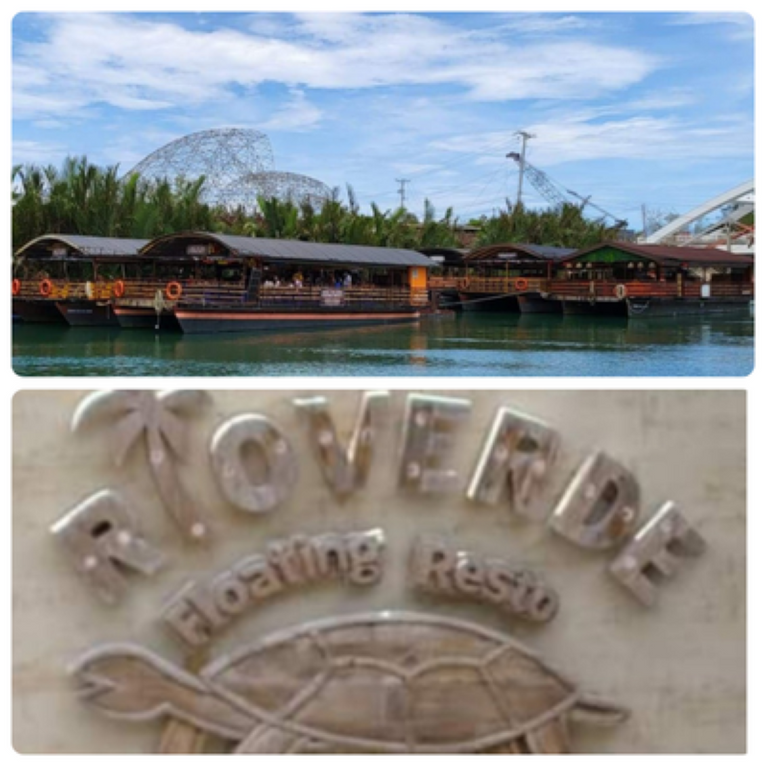
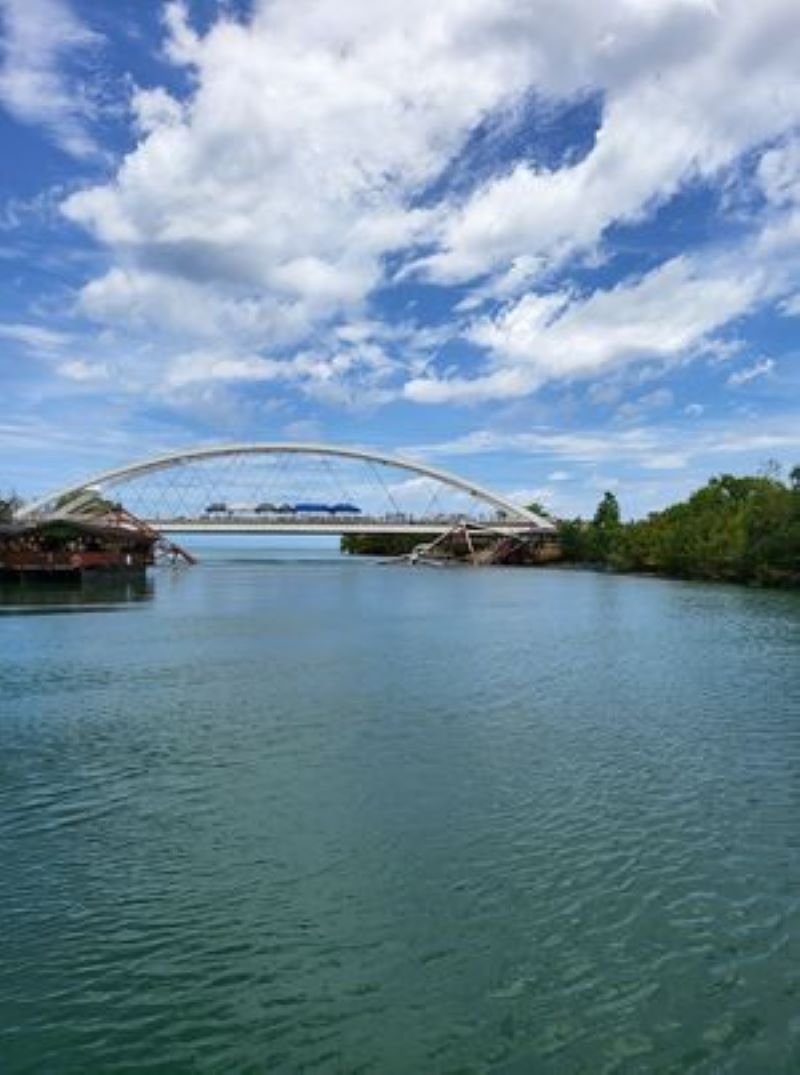
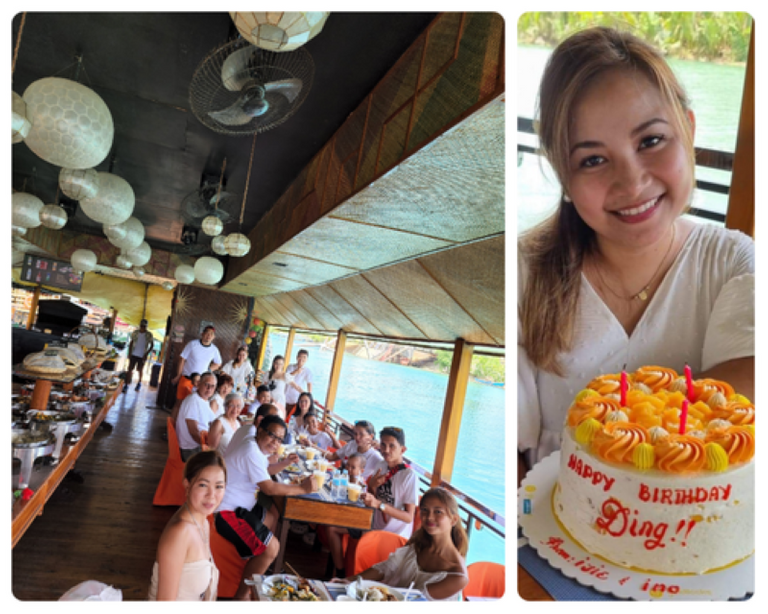
Frankly, the food is just on the average mark, but it was more than compensated by the scenic view. We enjoyed the breeze blowing inside while traversing the river, the party atmosphere, and the lush green plants on the river banks. There was also a singer on board serenading the diners/cruisers. Eating lunch was such a fun and relaxing experience on this cruise.
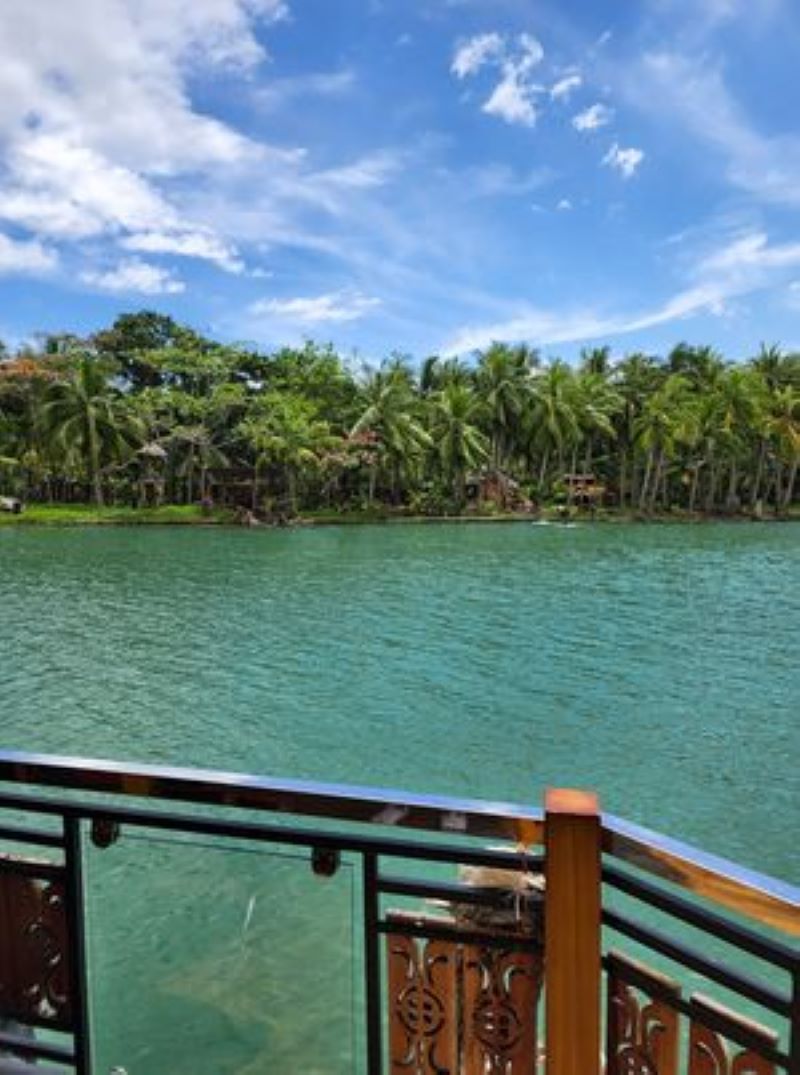
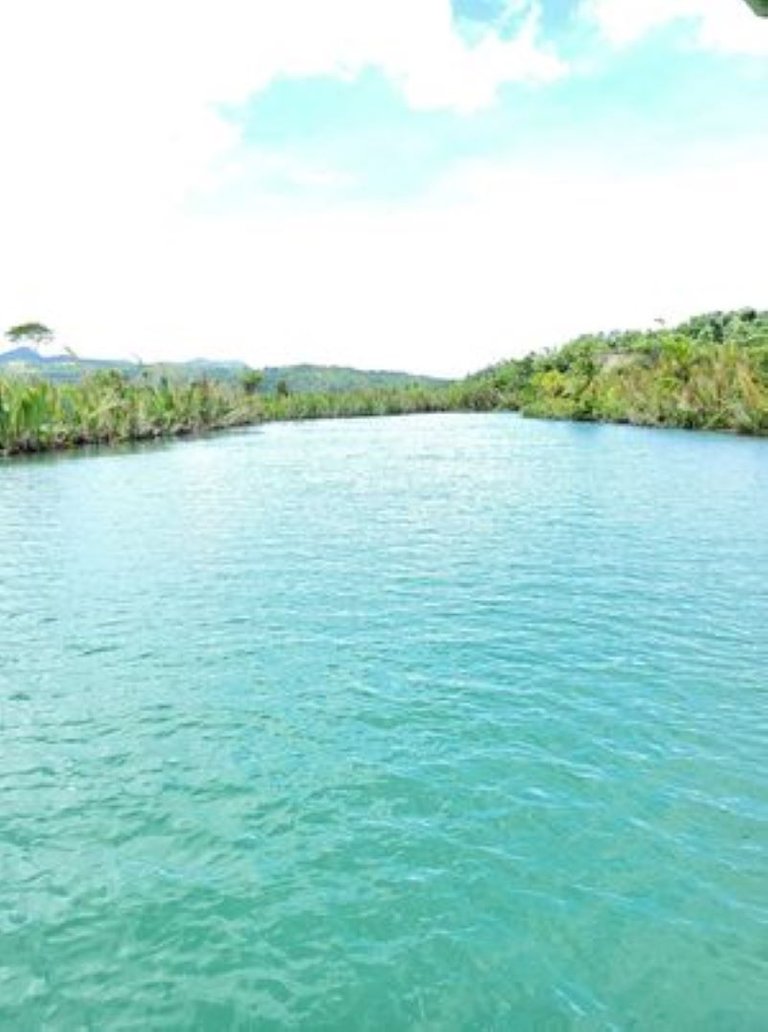



Chocolate Hills
The most popular tourist attraction in the province of Bohol is the Chocolate Hills. It is an unusual geological formation of at least 1,260 hills spread over an area of 20 square miles and scattered in the towns of Carmen, Batuan, and Sagbayan. For me, the best explanation for the formation is that it is the result of thousands of years of marine limestone weathering.
It is the country’s 3rd national geological monument and is proposed for inclusion in the UNESCO World Heritage List.

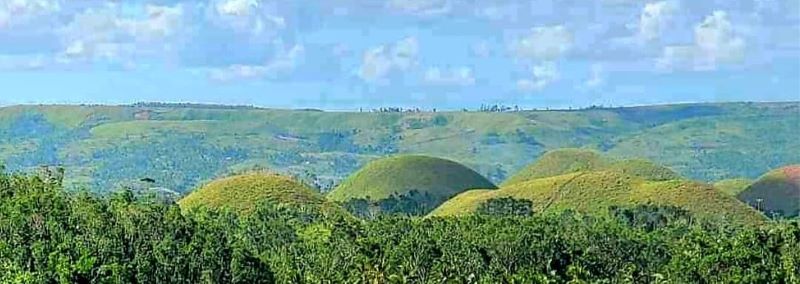
Some of the hills are cone-shaped or dome-shaped and vary in size from 30 to 120 meters in height. They are made from grass-covered limestone. When the green grass withers and turns brown they look like rows and rows of giant “kisses chocolates”, hence the name Chocolate Hills.
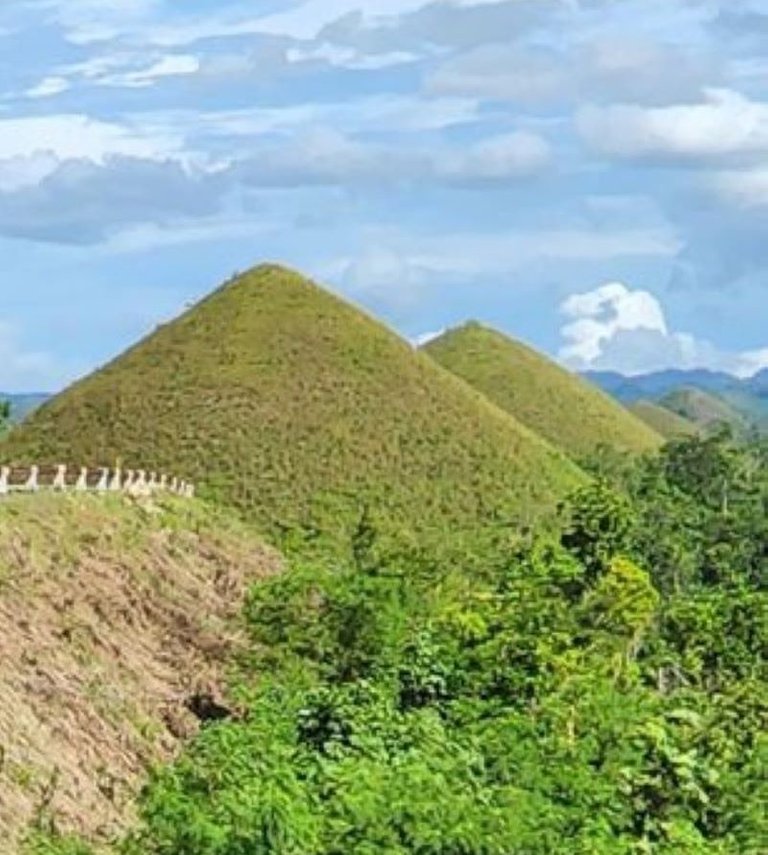
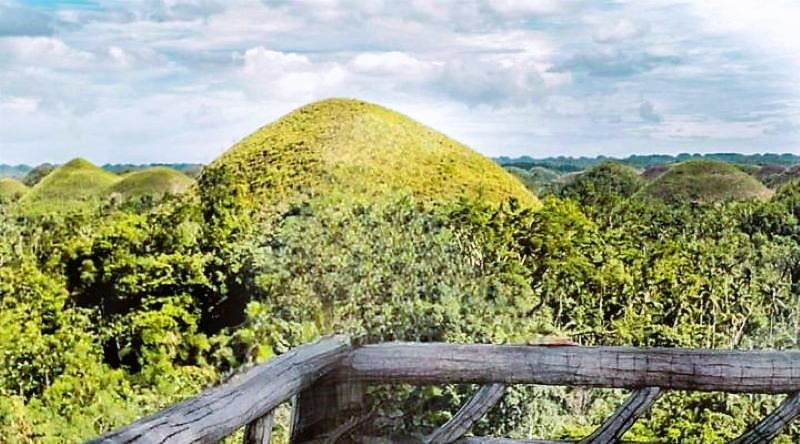
On top of one of the higher hills in Carmen, Bohol is a viewing deck. You have to climb at least 214 steps to get to the top which offers a 360 degrees view of the hills. Aside from my fear of heights, I can no longer drag my feet and legs so I just contend with watching the kids and the young blood go up tirelessly.
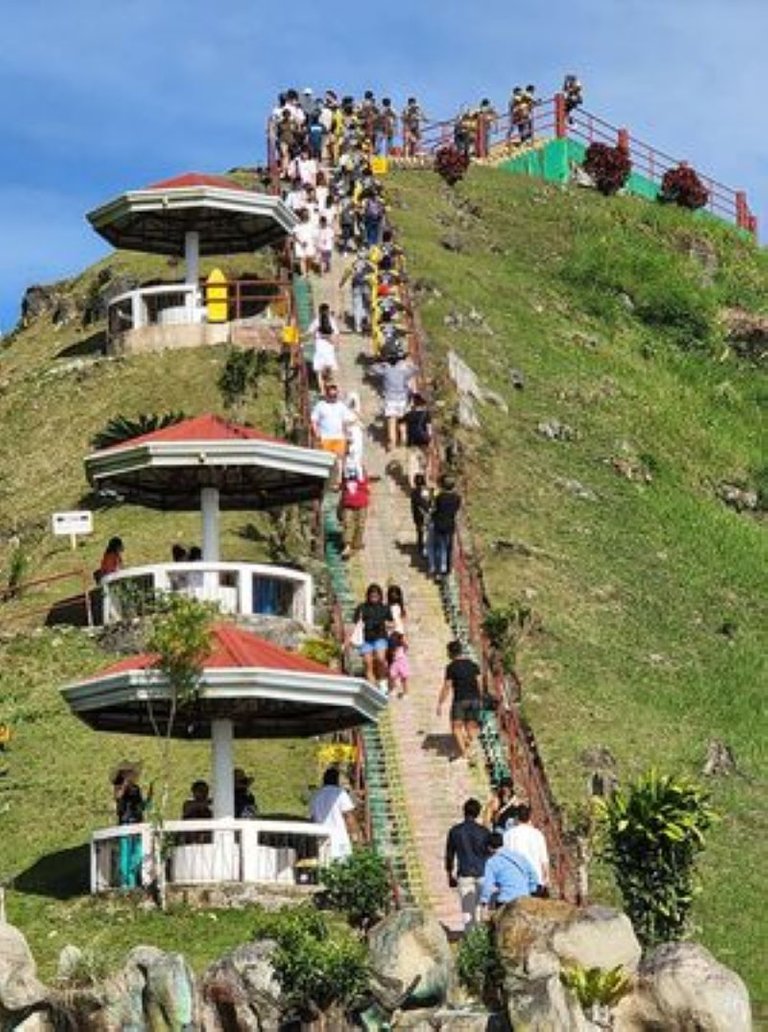

A tourist destination way earlier than the white sand beaches of Panglao became known, it is now featured in the provincial flag and seal of Bohol symbolizing the abundance of natural attractions in the province.
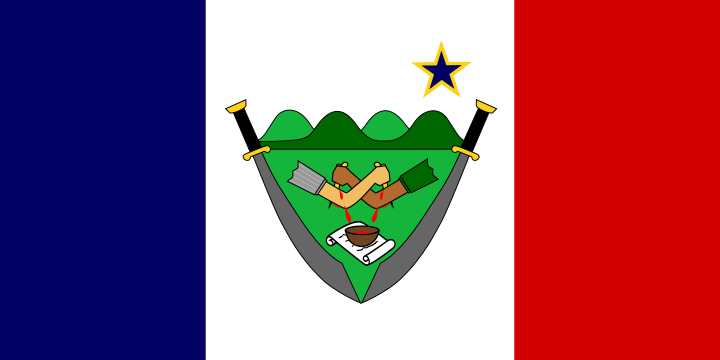
Image Source
Thank you for the read dear Hivers! Till the next post.
[//]:# (!pinmapple 9.840357 lat 124.182691 long chocolate hills d3scr)
